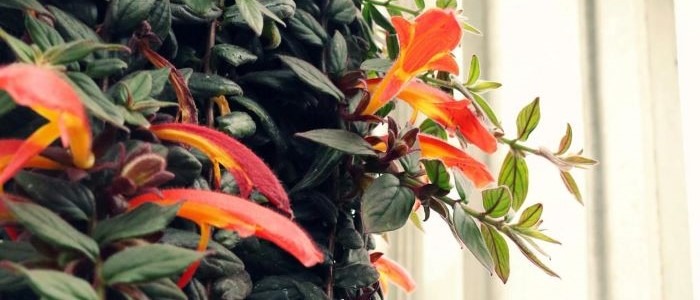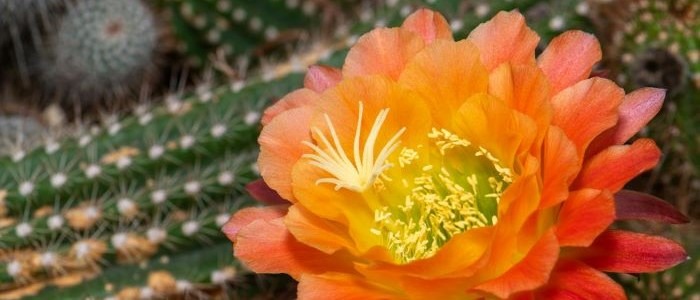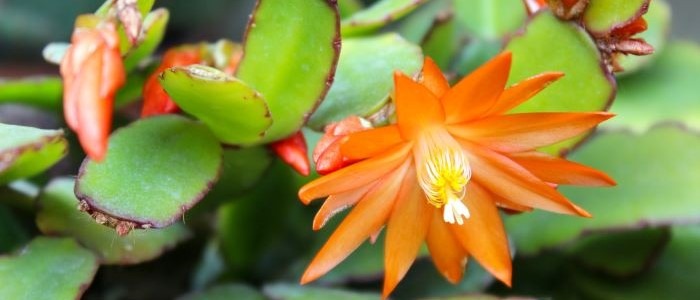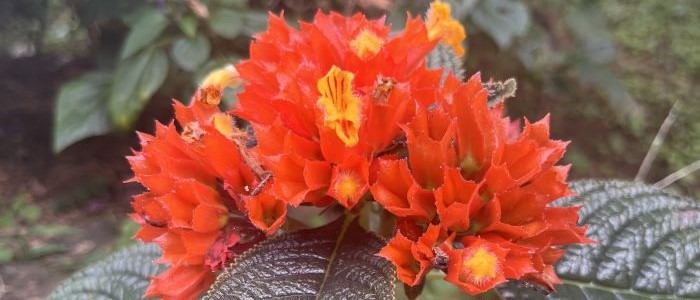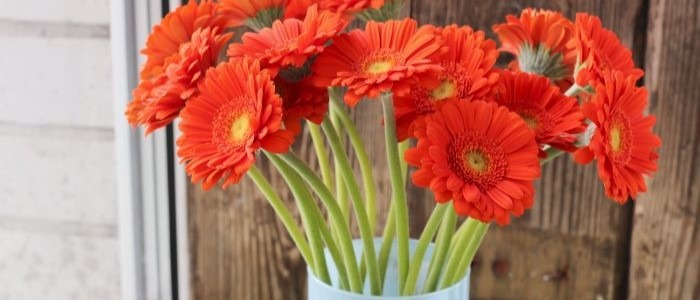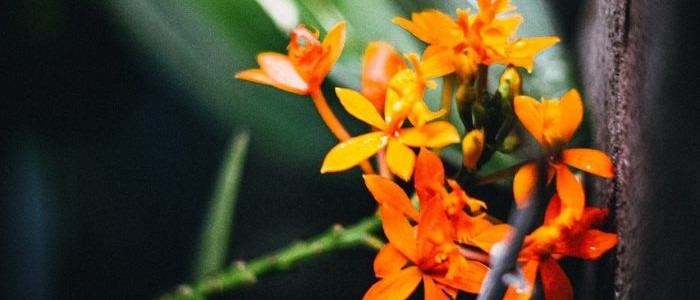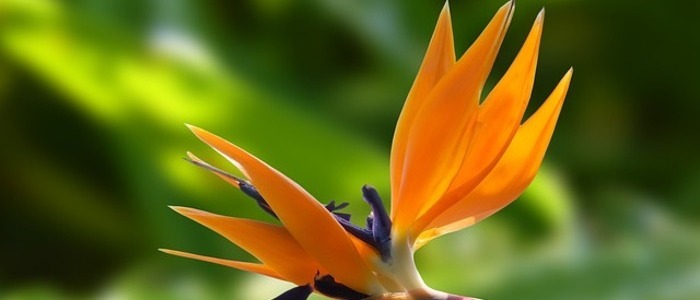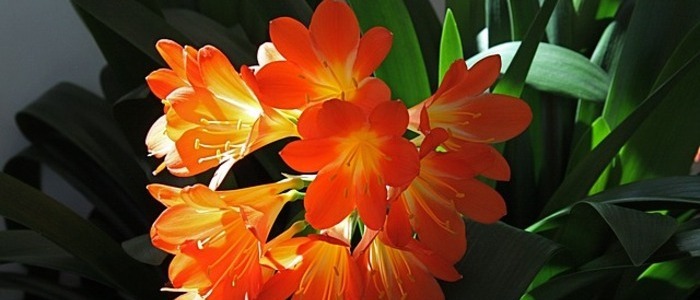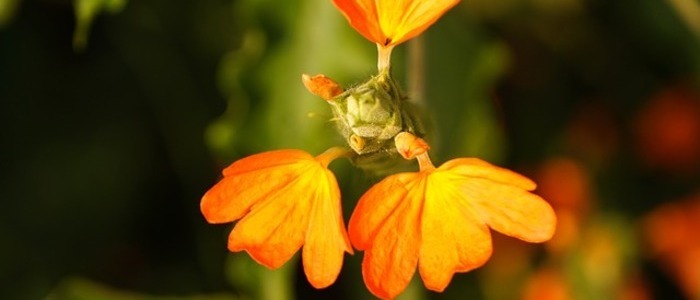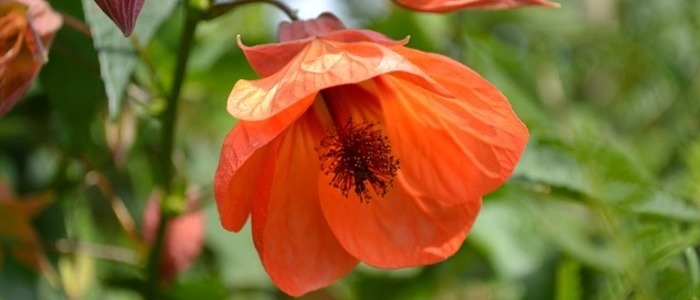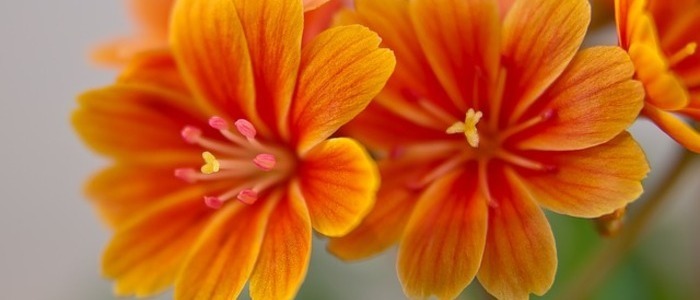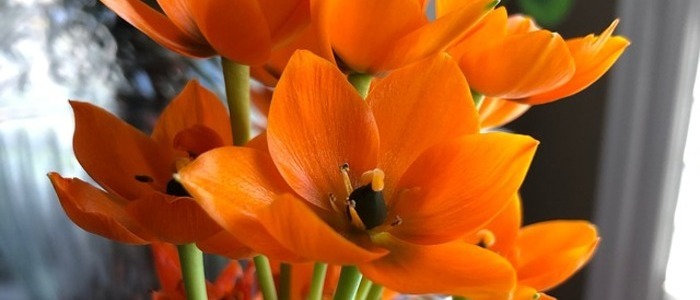When you think about the Calathea Crocata plant you no doubt are filled with thoughts of a highly beneficial green companion, which quickly regrows and rewards you with stunning foliage. Now, this gorgeous houseplant can be a bit demanding, but once you learn to care for it, this amazing, vibrant plants that will brighten up your indoor space.
Now, if you are an indoor gardener and thinking of getting a houseplant that is grown solely for its foliage, then Calathea is one of them. In this article, we are going to talk about how to take care of, propagate and prune your favorite houseplant easily.
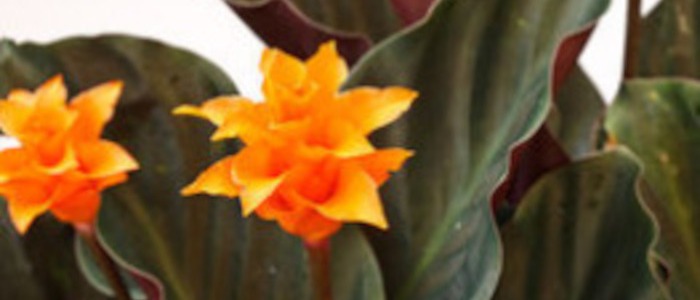
Calathea Crocata Frequently Asked Questions
Is the Calathea crocata plant indoors or outdoors?
The Calathea crocata plant is typically grown indoors as a houseplant. Its tropical origins make it well-suited for indoor environments where it can be protected from extreme temperatures and direct sunlight. However, in certain regions with a warm and humid climate, it may also be grown outdoors in shaded areas or as part of a tropical garden.
Can Calathea grow without sunlight?
Calathea plants prefer bright, indirect light but can tolerate lower light conditions. They are known for their ability to thrive in shady areas and are often grown as indoor plants in rooms with limited natural light. However, it is important to note that completely depriving them of sunlight can negatively impact their growth and overall health. Therefore, it is recommended to provide them with some amount of filtered or indirect sunlight to ensure their proper development.
Taking Care of The Calathea Crocata Plant
The Calathea Crocata is a true heat lover! Its native habitat is the jungle floors of Brazil, where it grows in temperatures between 65F and 85F year-round. In its native habitat, it is unlikely to reach temperatures below 60F. This tropical plant also prefers a high level of humidity. However, if you are trying to grow it indoors, you should consider some of the following tips:
The plant’s unique leaves move in a way that helps it capture the rays of the sun. During the day, the leaves bunch together and lower themselves, whereas, during the night, they spread. The Calathea Crocata is among the easiest to care for of the Calathea species.
The soil you choose for this plant depends on its needs. This tropical plant thrives in soil that has good drainage and is free of mineral residue. It prefers a climate that stays between 65 to 80 degrees Fahrenheit but does not like drafts or cold rooms. Despite its tolerance for warmer temperatures, it cannot survive temperatures of 55 degrees. Keep in mind that you should water your plant every other day to keep the soil moist, but do not overwater it.
Also known as the Eternal Flame plant it needs an even water supply throughout the year, especially during the summer months. The type of compost you use may also affect the amount of water the plant needs. Ideally, a soil-based potting compost with 25 per cent peat moss is best. Water should drain well. If you want to propagate your Calathea Crocata plant, you should divide the thick tuberous roots of an existing one. It is best to do this during a repotting process in spring or early summer. It is important to make sure that each section of the root system has a healthy root structure.
Tips on Propagating the Calathea Crocata Plant
You might be interested in learning how to propagate the Calathea Crocata Plant. Once the plant is established, you can easily propagate the plant by re-potting it every year. The best time to repot the plant is in early spring so that the roots do not suffer transplant shock. Ensure that you use, a plant food supplement that contains all of the essential nutrients for the roots. When dividing the root ball, pick healthy white roots with a few leaves and three or four stems.
If you have a few Calathea cuttings from a mother plant, then you should carefully separate them and place them in fresh soil or potting mix. A mother plant with many leaves is not recommended for repotting. A fresh pot is better for this species because of its smaller root system. It is important to avoid blackleg, which is caused by the wound at the bottom. The wound should be kept above water, otherwise, the plant will develop root disease.
The best place for the Calathea Crocata plant is in a shady, low-light location. While this plant does not need much light, it still does not like direct sunlight. It is best to place it in a shady area to enjoy its long-lasting blooms. In addition, make sure that the plant receives sufficient humidity. Relative humidity between forty and sixty per cent is ideal for this plant.
.
Pruning Tips For Calathea Crocata
Proper pruning of your Calathea Crocata plant is crucial to its health. Pruning involves removing dead or diseased leaves. This will stimulate new growth next season. Also, make sure to prune out dead flowers or leaves if they have stopped blooming. Generally, pruning your Calathea will require less maintenance than other plants. Some tips on pruning the Calathea Crocata plant
Common Problems When Growing Calathea Crocata
If you have trouble growing this lovely plant, don’t worry! There are a few common problems that you can encounter and solve yourself! Follow these tips to ensure your Calathea Crocata grows as healthy and beautiful as possible! Listed below are some of the most common issues you might face. Hopefully, these will help you to grow your Calathea in no time. Keep reading to find out more!
Overfertilization is a common problem for many plants, but it can lead to disastrous results for your plant. The signs of over-fertilization include burned leaf corners, stunted growth, and browned or black, weak roots. The good news is that you can grow your Calathea Crocata in the same pot for up to two years, as long as you don’t over-fertilize it! Just remember to keep it watered properly so that its leaves don’t dry out.
If you notice that your Calathea is suffering from over-fertilization, you can remedy this by flushing the soil with distilled water. If you notice that the leaves of your Calathea have turned yellow, you should replace the potting mix. Don’t dab the soil with paper tissues – it will harm the roots. If you notice that your Calathea has become pale, it means it lacks proper nutrients and oxygen.
Over and under-watering are other common problems when growing Calathea. Your Calathea plant needs indirect sunlight to grow properly. It is best to place it in a sunny spot where it gets indirect sunlight. Avoid placing it near a heating source, as it will experience sun-scorch or environmental shock. If you notice drooping leaves or mushy roots, it might be time to consider a move to a cooler location.
Other House Plants With Orange Flowers
